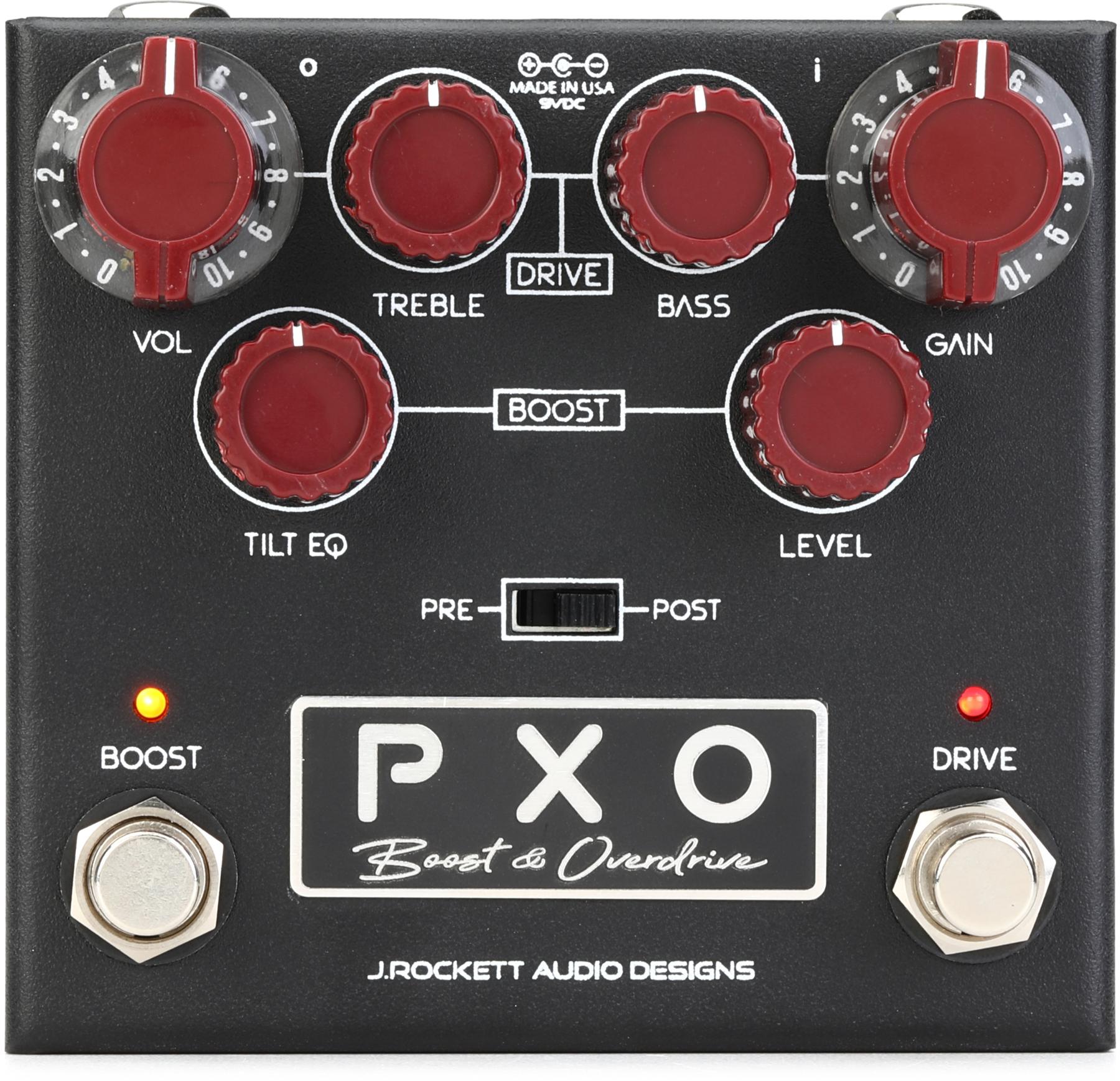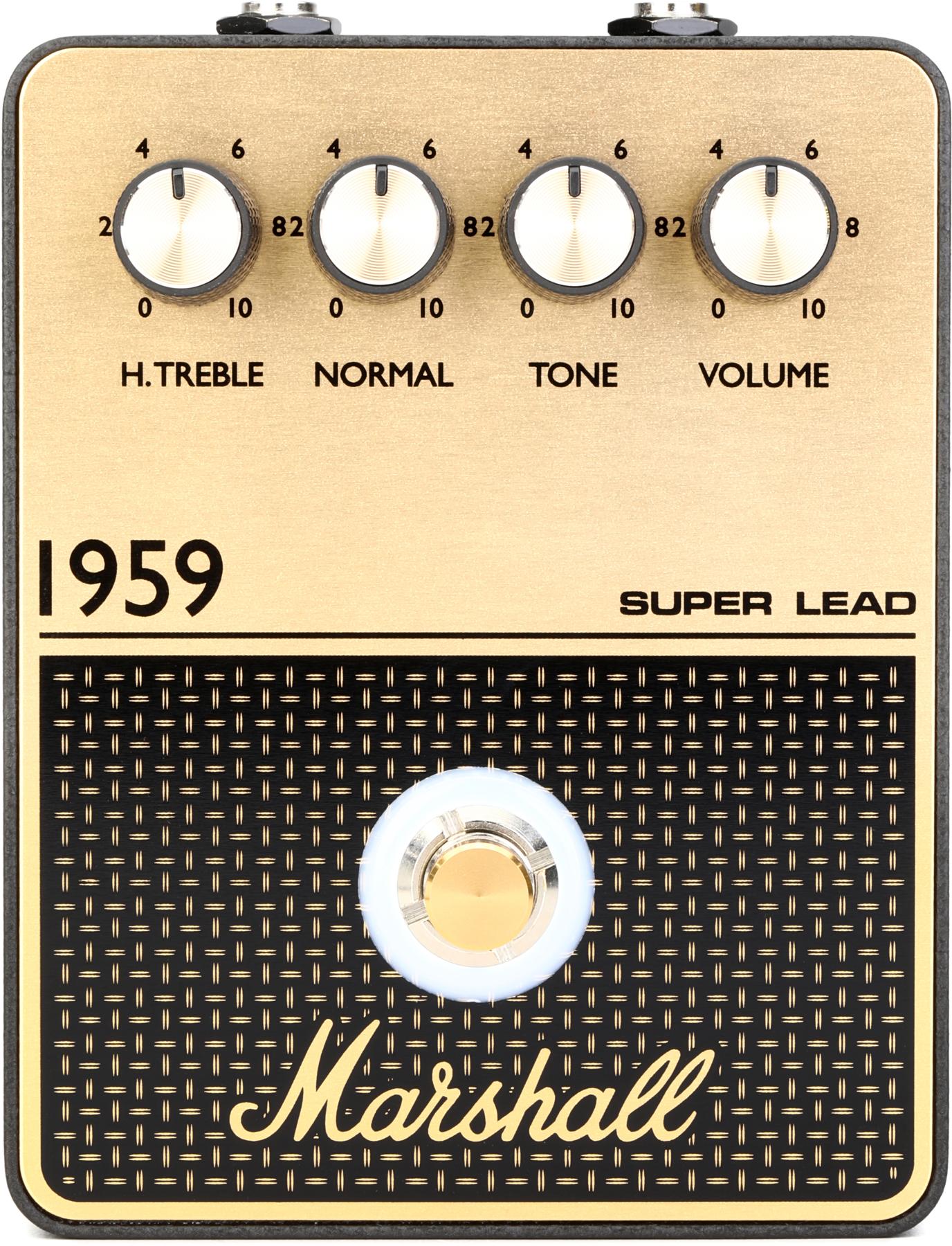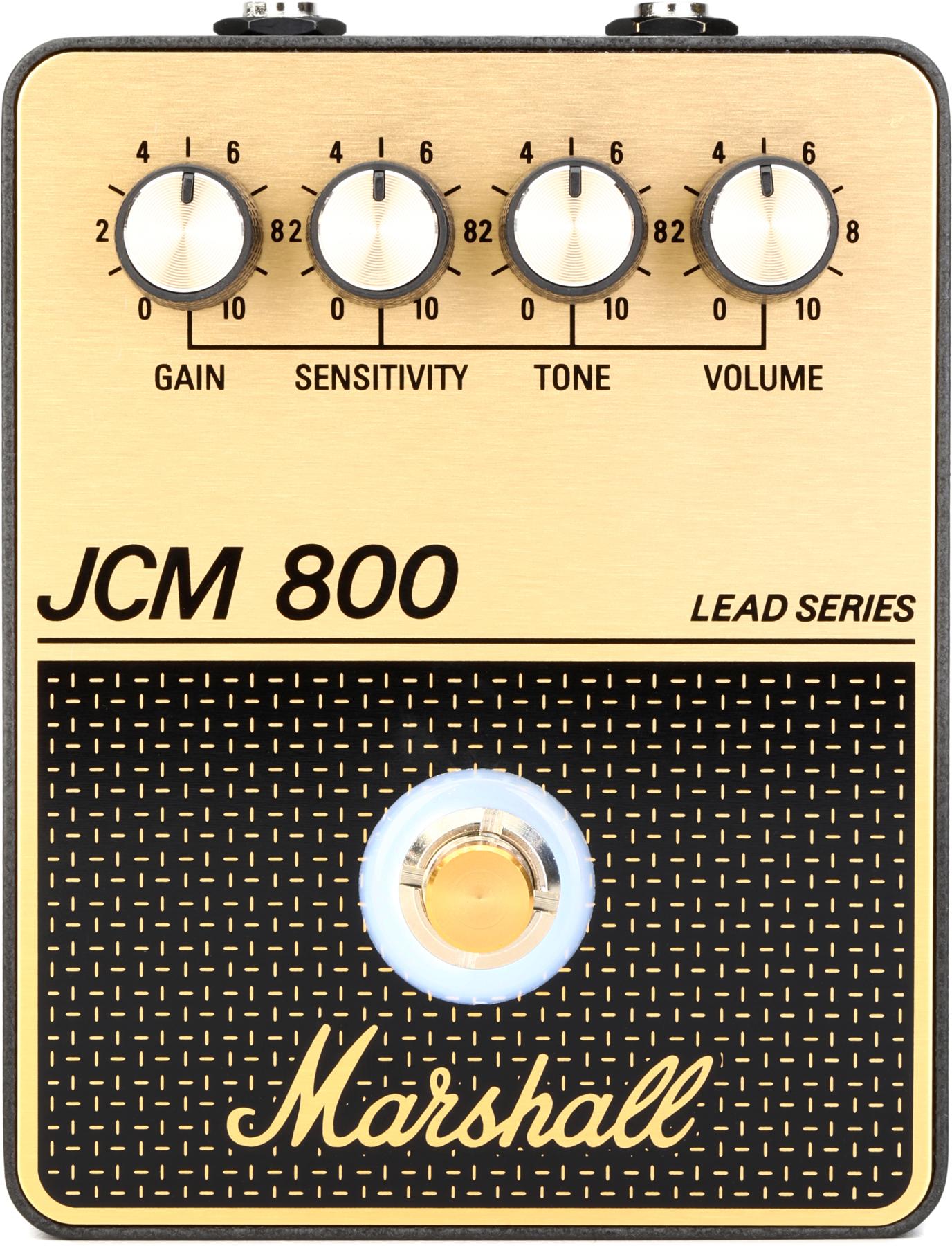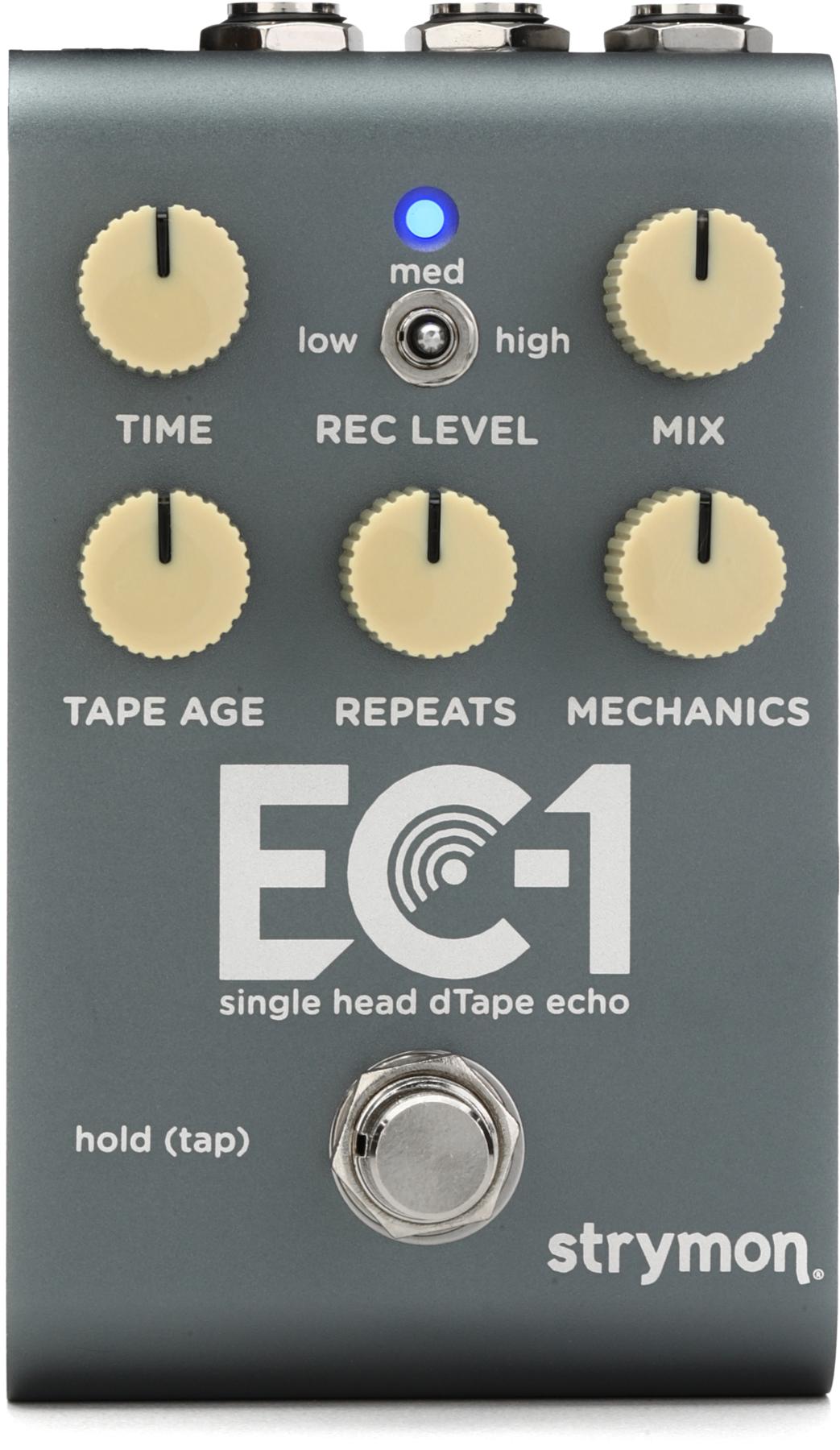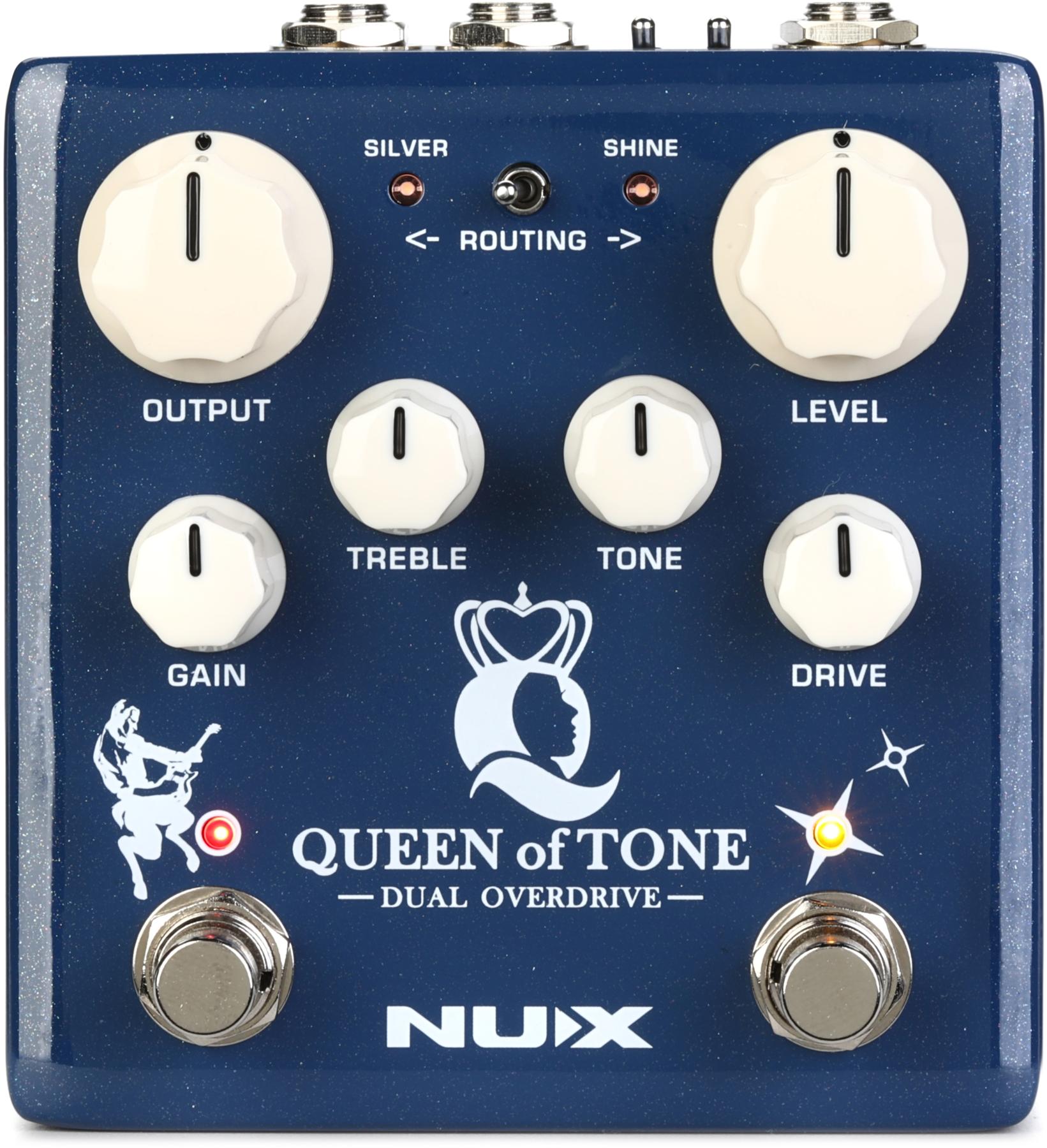Filthy, saturated fuzz is a glorious thing, whether it’s the writ-large solos of Big Brother and the Holding Company’s live “Ball and Chain,” the soaring feedback and pure crush of Jimi Hendrix’s “Foxy Lady,” or the sandblasted rhythm textures of Queens of the Stone Age’s “Paper Machete.” It’s also a Wayback Machine. Step on a fuzz pedal and your tone is transported to the ’60s or early ’70s, which, when it comes to classic guitar sounds, is not a bad place to be.
Catalinbread’s StarCrash is from their new ’70s collection, so the company is laying its Six Million Dollar Man trading cards on the table—upping the ante on traditional fuzz with more controls and, according to the company’s website, a little more volume than the average fuzz pedal, while still staying in the traditional Fuzz Face lane.
The Howler’s Viscera
Arbiter Electronics made the first Fuzz Face in 1966. The StarCrash is inspired by that 2-transistor pedal, but benefits from evolution, as did almost all fuzz pedals in the ’70s, when the standard shifted from germanium to silicon circuitry to improve the consistency of the effect’s performance. The downside is that germanium is gnarlier to some ears, and silicon transistors don’t respond as well to adjustments made via a guitar’s volume control.
While Fuzz Faces have only two knobs, volume and fuzz, the silicon StarCrash has three: volume, bias, and low-cut. Catalinbread’s website explains: “We got rid of that goofy fuzz knob. We know that 95 percent of all players run it dimed, and the remaining 5 percent use their guitar’s volume knob to rein it in.”
I suspect there are plenty of players who, like me, do adjust the fuzz control on their pedals, but the most important thing is that the core fuzz sound here is excellent—bristly and snarling, with a far girthier tone than my reissue Fuzz Face. It’s also, with the bias and low-cut controls, far more flexible. The low-cut control allows you to range from a traditional, comparatively thinner Fuzz Face sound (past noon and further) to the StarCrash’s authentic, beefier voice (noon and lower). Essentially, it cuts bass frequencies from 40 Hz to 500 Hz, resulting in an aural menu that runs from lush and lowdown to buzzy and slicing. And the bias control is a direct route to the spitty, fragmented, so-called Velcro-sound that’s become a staple of the stoner-rock/Jack White school of tone. The company calls this dial a “dying battery simulator,” and it starves the second transistor to achieve that effect.
Sweet Song of the Tribbles
Playing with the StarCrash is a lot of fun. I ran it through a pair of Carr amps in stereo, adding some delay and reverb to mood, and used a variety of single-coil- and humbucker-outfitted guitars. While both pickup types interacted well with the pedal, the humbuckers were most pleasing to my ears with the bias cranked to about 2 o’clock or higher, since the ’buckers higher output allowed me to let notes sustain longer before sputtering out. Keeping the low-cut filter at 9 o’clock or lower also helped sustain and depth in the Velcro-fuzz zone, while letting more of the instruments’ natural voices come through, of course.
With the low-cut filter turned up full and the bias at 10 o’clock, I got the StarCrash to be the perfect doppelganger of my Hendrix reissue Fuzz Face. But that’s such a small part of the pedal’s overall tone profile. It was more fun to roll off just a bit of bass and set the bias knob to about 2 or 3 o’clock. Around these settings, the sound is huge and grinding, and yet barre chords hold their character while playing rhythm, and single-note runs, especially on the low strings, are a filthy delight, with just the right schmear of buttery sustain plus a hint of decay lurking behind every note. It’s such a ripe tone—the sonic equivalent of a delicious, stinky cheese—that I could hang with it all day.
Regarding Catalinbread’s claims about the volume control? Yes, it gets very loud without losing the essence of the notes or chords you’re playing, or the character of the fuzz, which is a distinct advantage when you’re in a band and need to stand out. And it’s a tad louder than my Fuzz Face but doesn’t really bark up to the level of most Tone Bender or Buzzaround clones I’ve heard. In my experience, these germanium-chipped critters of similar vintage can practically slam you through the wall when their volume levels are cranked.
The Verdict
Catalinbread’s StarCrash—with its sturdy enclosure, smooth on/off switch and easy-to-manipulate dials—can compete with any Fuzz Face variant in both price and performance, scoring high points on the latter count. The bias and low-cut dials provide access to a wider-than-usual variety of fuzz tones, and are especially delightful for long, playful solos dappled with gristle, flutter, and sustain. Kudos to Catalinbread for making this pedal not just a reflection of the past, but an improvement on it.












